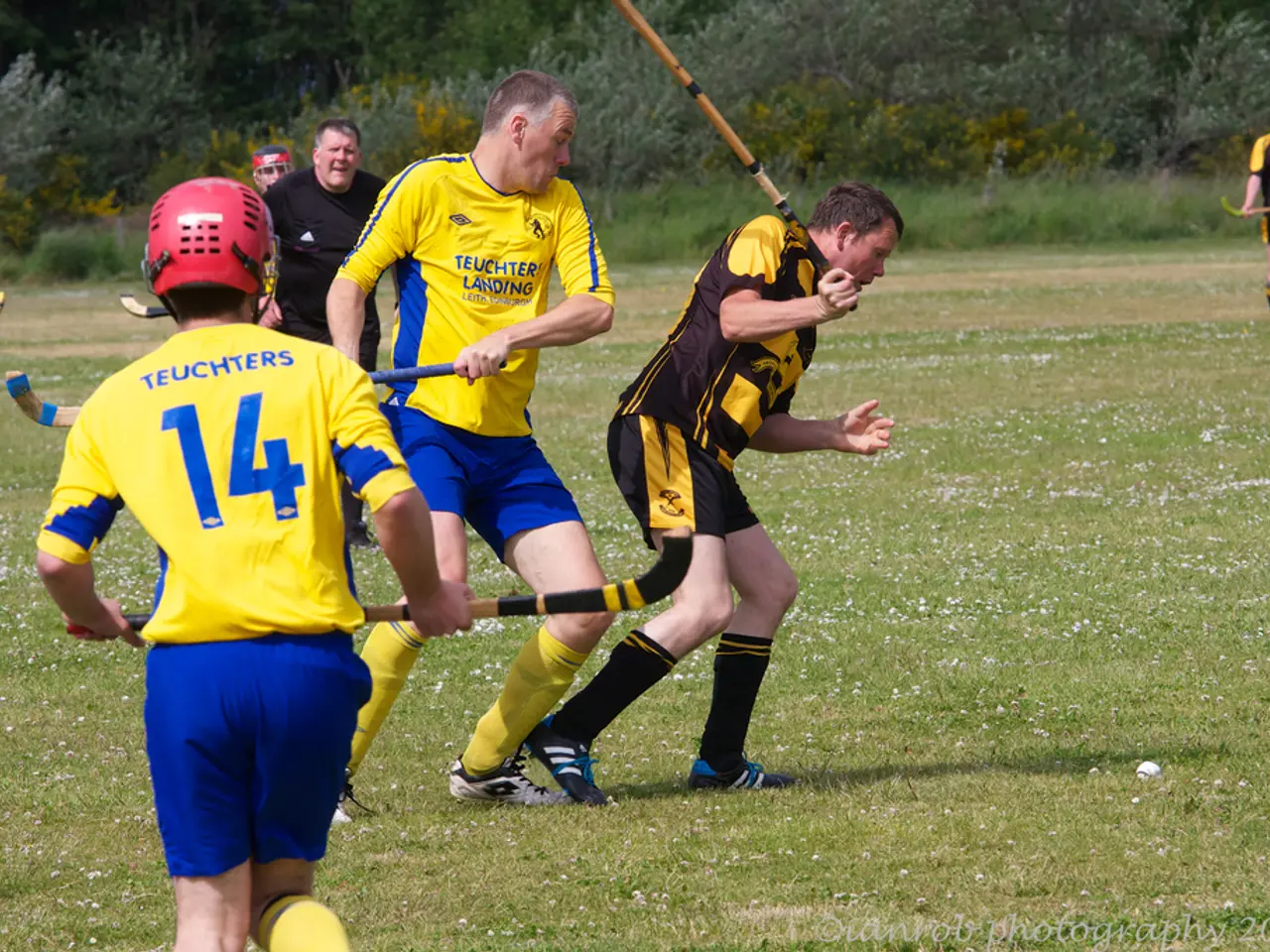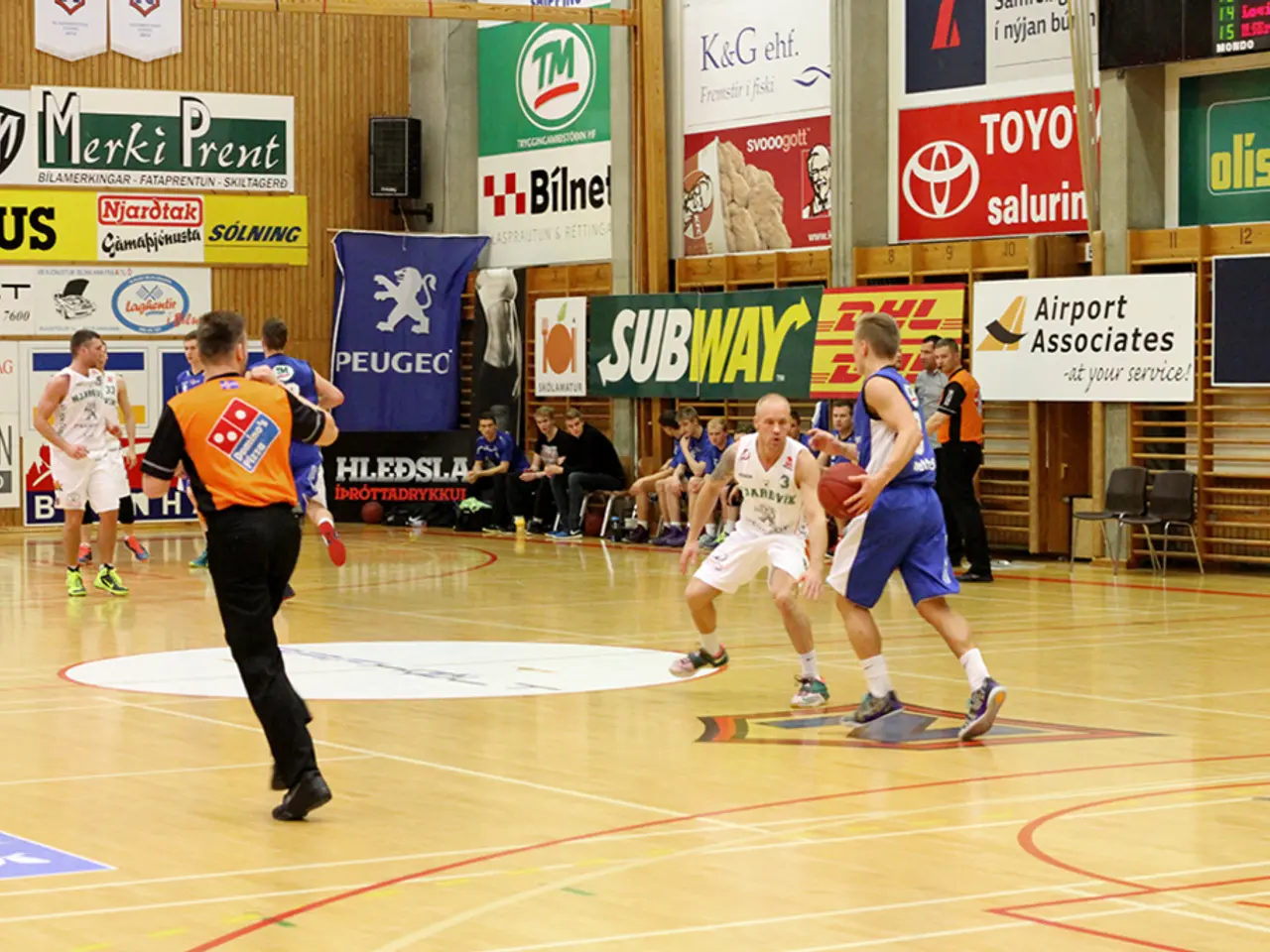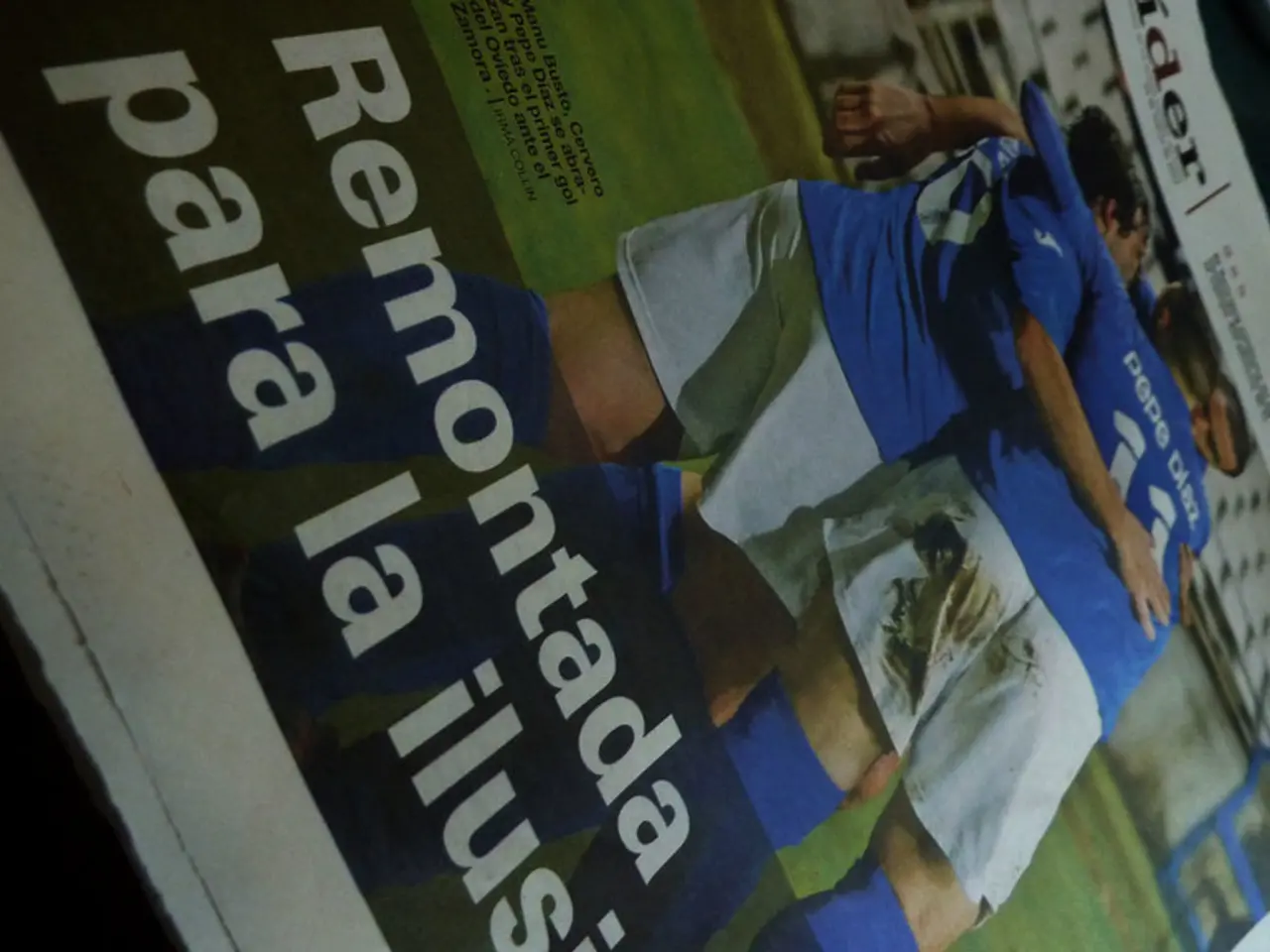Increased interest in squash and padel games observed in Krasnodar Region
In the vibrant region of Kuban, Russia, two fast-growing sports are capturing the interest of locals - padel and squash. While their popularity may coincide, these two games differ significantly in court design, equipment, and gameplay.
Padel, a 'grown-up' version of tennis, is played on a 20m x 10m enclosed court with glass and mesh walls. This allows the ball to be played off these walls during rallies. The racquets used in padel are solid and stringless, resembling a paddle rather than a tennis racquet. The balls used are similar to tennis balls but have slightly lower pressure to suit the closed environment. Padel is almost always played in doubles, with underhand serves that create longer rallies and emphasize strategic communication and placement.
In contrast, squash is played on a much smaller 9.75m x 6.4m fully enclosed court, where all walls are in play. Players use long, light stringed racquets and a soft, low-bounce ball. Squash can be played in singles or doubles and is characterized by fast-paced exchanges focused on controlling the center “T” area of the court and using tight shots against the walls to pin opponents.
Key differences between the two sports include court size and type, racquet design, ball type, serve style, and gameplay emphasis. Padel's court is larger and includes glass and mesh walls for extended play; squash's court is smaller and fully enclosed with all walls active in play. Padel uses solid, stringless racquets; squash uses long, light stringed racquets. Padel uses a low-pressure ball similar to tennis balls; squash uses a soft, low-bounce ball. Padel serves are underhand; squash serves can be overhand or underhand. Padel is mostly doubles with strategy focusing on communication and using walls to outmaneuver opponents; squash can be doubles or singles, emphasizing control of the court center and endurance.
The first squash courts in the region appeared around 2012, and since 2022, squash has been developing at an official level. Padel, on the other hand, is actively developing in Krasnodar and other cities like Sochi and Anapa. The Krasnodar Krai squash federation, led by Alexei Alfirov, is working diligently to promote both sports in the region.
Squash originated from European colonizers who combined features of several existing games and introduced special rackets and a softer rubber ball. It is suitable for all ages, from 8-9 years old to seniors, and is often called a hybrid of tennis and chess. Padel, although not yet an Olympic sport, has hopes of joining the Olympic family soon.
Recent regional-level tournaments have taken place, including one in January, one in Sochi in April, and the third one in Krasnodar recently. In July, Kuban athletes participated in the Russian Cup for padel. Around 500 people are engaged in padel in Kuban, with promising prospects for athletes up to international level.
As these sports continue to grow in Kuban, it's exciting to see the enthusiasm and dedication of local players and organisers. Whether you're a fan of fast-paced, intense games or prefer the more social, strategic style of play, there's a court and a community waiting for you in Krasnodar.
Padel and squash, both gaining momentum among Kuban locals, present distinct playing styles and equipment within the larger lifestyle category of sports. While padel is played on a larger, enclosed court with solid, stringless racquets and low-pressure tennis-like balls, squash takes place on a smaller, fully enclosed court, using lightweight, stringed racquets and a soft, low-bounce ball. The former, known for its doubles format, underhand serves, and tactical play, contrasts with squash's focus on individual or doubles play, control of the court center, and endurance.




